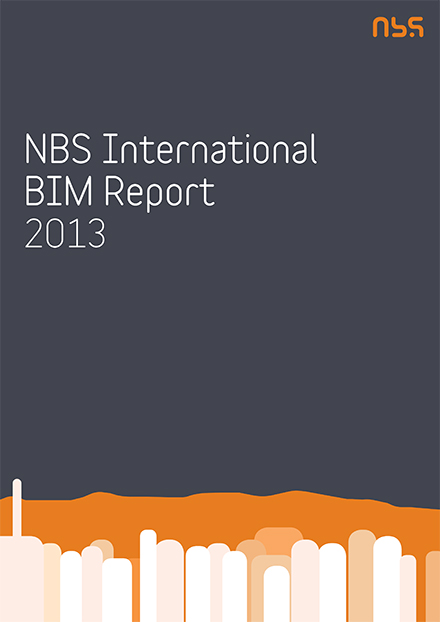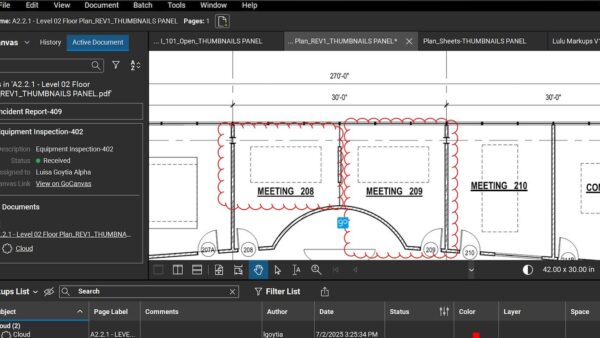The UK’s adoption of BIM technology lags far behind its foreign counterparts even though uptake is rapidly accelerating, a global BIM survey has revealed.
The International BIM Survey 2013, carried out by construction information provider NBS, draws together results from four national surveys carried out by Digicon in Canada, Masterspec in New Zealand, Rakennustieto in Finland and NBS in the UK.
Although the UK is recognised as a pioneer in the development of BIM, the report found that just 43% of respondents were currently using it, compared to 67% in Finland, 66% in Canada and 57% in New Zealand.
However, Britain is rapidly catching up with its foreign neighbours. A total 77% of UK respondents said they expect to be using BIM within one year’s time, the figure rising to 91% in three years, when all four countries will be on a par in terms of uptake. Almost all respondents in all four countries expect to be using BIM in five years.
Differing adoption rates could be the result of countries’ varying understanding of BIM, said NBS. A total of 74% of UK respondents said the industry was not yet clear enough on what BIM is, compared to 69% in New Zealand, 68% in Canada and 60% in Finland.
“The term ‘BIM’ has come to mean different things, or to have different nuances of meaning, in different countries,” said Adrian Malleson, head of research, analysis and forecasting at NBS. “New Zealand construction professionals are more likely to equate BIM with 3D CAD and software, which is mistaken.
“While 3D CAD can provide geometric data, it does not provide the full rich data set a true Building Information Model requires.”

The term ‘BIM’ has come to mean different things, or to have different nuances of meaning, in different countries. New Zealand construction professionals are more likely to equate BIM with 3D CAD and software, which is mistaken.– Adrian Malleson, head of research, analysis and forecasting at NBS
But whatever “BIM” means, awareness was generally high across the countries surveyed, ranging from 87% in Finland to 98% in New Zealand.
When asked if they thought their government was on the right track with BIM, the majority of respondents in the UK (51%) and Finland (57%) said yes, compared to a minority in Canada (30%) and New Zealand (25%).
The survey found varying use of Industry Foundation Classes (IFCs), the vendor neutral format which allows BIM models to be worked on independently of specific software. In Finland, 93% of respondents said they were using IFCs, compared to 61% in Canada, 56% in the UK and 36% in New Zealand.
A significant number of respondents did not know whether or not they were using IFC, suggesting the need for greater communication.
The use of Construction Operations Building Information Exchange (COBie) data sets, used to deliver building management and maintenance aspects of a BIM model were less popular.
In the UK, 15% of respondents said they were using COBie, versus 14% in Canada, 8% in Finland and 2% in New Zealand. NBS says that it expects this figure to rise in years to come.
The report found a positive attitude among users that had already adopted BIM, said Malleson: “Across the surveyed countries, only around a quarter of those who have not yet adopted BIM say they would rather not.
“More significantly perhaps, among users across the board, fewer than 10% said they wish they hadn’t adopted BIM. This suggests that adopting BIM turns out better than people might have expected, which is encouraging.”














